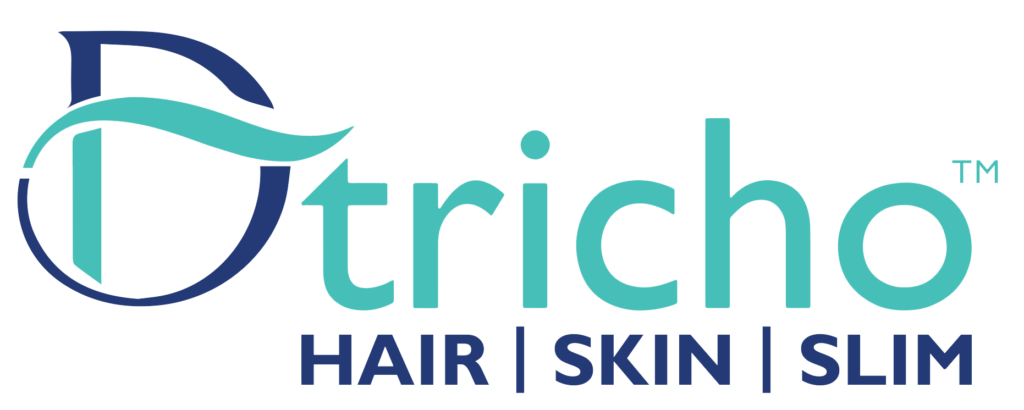Technologies Used in Tattoo Removal
- Q-Switched Laser Technology – Delivers short, high-energy pulses to break down ink particles without harming the skin.
- Picosecond Laser Technology – More advanced than Q-switched lasers, offering faster ink breakdown and fewer sessions.
- Nd:YAG Laser – Effective for treating darker ink colors like black, blue, and green on all skin types.
- Alexandrite Laser – Ideal for removing lighter ink shades like green and blue.
- Ruby Laser – Specially designed to target stubborn colors like turquoise and light green.
- Fractional CO2 Laser (for stubborn tattoos) – Helps improve skin texture and reduce scarring after tattoo removal.
- Cooling Technology (Cryogen Spray or Ice Packs) – Minimizes discomfort and protects the surrounding skin during treatment.
- Multi-Wavelength Laser Systems – Combines different laser wavelengths to treat multi-colored tattoos efficiently.
- Tattoo Vanish Method (Non-Laser Alternative) – Uses a tattoo extraction solution to remove ink from the skin, though it may cause scarring.
- Saline Tattoo Removal – A non-laser technique that lightens tattoos using a saline solution, commonly used for cosmetic tattoos like microblading.
Step-by-Step Procedure for Tattoo Removal
Step 1: Consultation & Skin Assessment
- A specialist examines the tattoo’s size, color, ink depth, and skin type to determine the best removal approach.
- Medical history and skin sensitivity are reviewed to ensure safe treatment.
Step 2: Skin Preparation
- The area is cleaned to remove any dirt, oil, or lotions.
- A numbing cream or cooling device may be applied to minimize discomfort.
Step 3: Laser Treatment Application
- A Q-switched or picosecond laser delivers high-intensity light pulses to break down ink particles.
- The laser targets different ink colors at varying depths while minimizing skin damage.
- A cooling device may be used during the session to reduce heat and discomfort.
Step 4: Post-Treatment Care
- A cooling gel or antibiotic ointment is applied to soothe the skin.
- A bandage or protective dressing may be used to prevent infection.
Step 5: Recovery & Follow-Up
- The treated area may experience redness, swelling, or scabbing, which heals within a few days.
- Sunscreen is recommended to protect the treated area from UV exposure.
- Sessions are spaced 4–8 weeks apart to allow ink particles to break down naturally.
- Multiple sessions are required for complete tattoo removal, with results improving over time.

